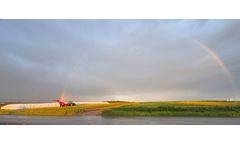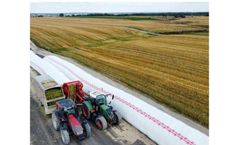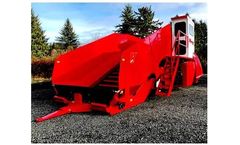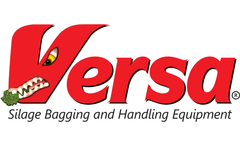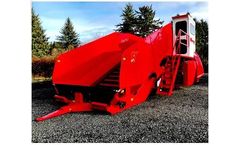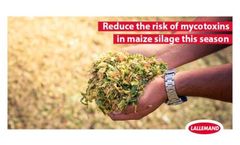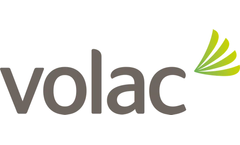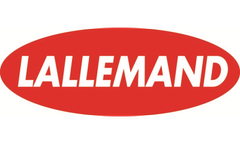Silage Quality Articles & Analysis
14 articles found
Vyefield stores grass and corn in sealed bags, allowing both to ferment into high-quality silage. This approach supports a consistent, year-round feed supply. ...
While silage has traditionally been stored in silos, bunkers, piles, or pits, more dairy farmers are shifting to bagged silage to maintain optimal fermentation and ensure long-term feed quality. ...
Cattlemen are increasingly turning to bagged silage for flexible feed management. The most fundamental beef cow feeding strategy remains the use of pasture, which is considered the lowest-cost feed resource. Therefore, many cattle operations aim to maximize pasture time annually to benefit from labor, manure management, physical activity, and nutrition advantages. ...
Dairy farm consultants and equipment suppliers weigh in on the benefits of properly packed bags, as well as feed management tips to obtain the highest nutrient density feed to promote herd health and production. Silage is critical to dairy farm operations. Compared to hay production, silage increases the potential yield of nutrients from available land, ...
As a cost saving alternative to dry grain supplementation, bagged snaplage/earlage offers high energy content and easy digestibility Dietary supplementation with dry grains has traditionally been utilized as an economical way to meet the high energy demands of the herd, particularly when forage is scarce or of low quality. However, dairy farmers are increasingly turning to high ...
Dairy farmers are bagging silage to reduce spoilage by up to 30%, increase nutrient value and milk production, improve herd health, and potentially earn environmental carbon credits. ...
“It’s not been a typical season for maize, with many crops going into the ground late. Quality and yield is looking variable, therefore it’s important farmers explore avenues which could help maximise quality and minimise dry matter losses between the field and feed-out, this will allow them to reduce purchased feed costs,” explains ...
Livestock farmers spreading slurry onto fields after first-cut grass silage face heightened risks of contamination after this year’s early start to the season, a silage specialist is warning, especially if following the current trend to more frequent silage cutting.The risks of spreading slurry after first silage cut ...
Are you sure your silage inoculant is well applied? Silage inoculants contain specifically selected live bacteria that are diluted and applied in small quantity at harvest. ...
Are you sure your silage inoculant is well applied? Silage inoculants contain specifically selected live bacteria that are diluted and applied in small quantity at harvest. ...
Many dairy farmers in New York (NY) abandoned conventional and adopted zone tillage (ZT) in 4-yr corn (Zea mays L.) silage-alfalfa (Medicago sativa L.) rotations on highly erodible land to comply with NY CAFO plans. ...
Many dairy farmers in New York (NY) abandoned conventional and adopted zone tillage (ZT) in 4-yr corn (Zea mays L.) silage-alfalfa (Medicago sativa L.) rotations on highly erodible land to comply with NY CAFO plans. ...
However, the impact of eliminating sidedress N on yield and quality of silage corn in the year after sod turnover (FYC) is not well documented and little is known about the effects of timing of sod turnover (fall or spring) or sod composition (percentage legume) on N fertilizer needs of FYC. ...
Western corn rootworm (Diabrotica virgifera virgifera Le Conte) is the major insect pest in the corn phase of a corn (Zea mays L.) silage–perennial forage rotation. Dairy producers may prefer seed-applied instead of soil-applied insecticides for rootworm control because of ease of use and additional control of some other soil insect pests. The objective of the 2-yr NY field study ...

